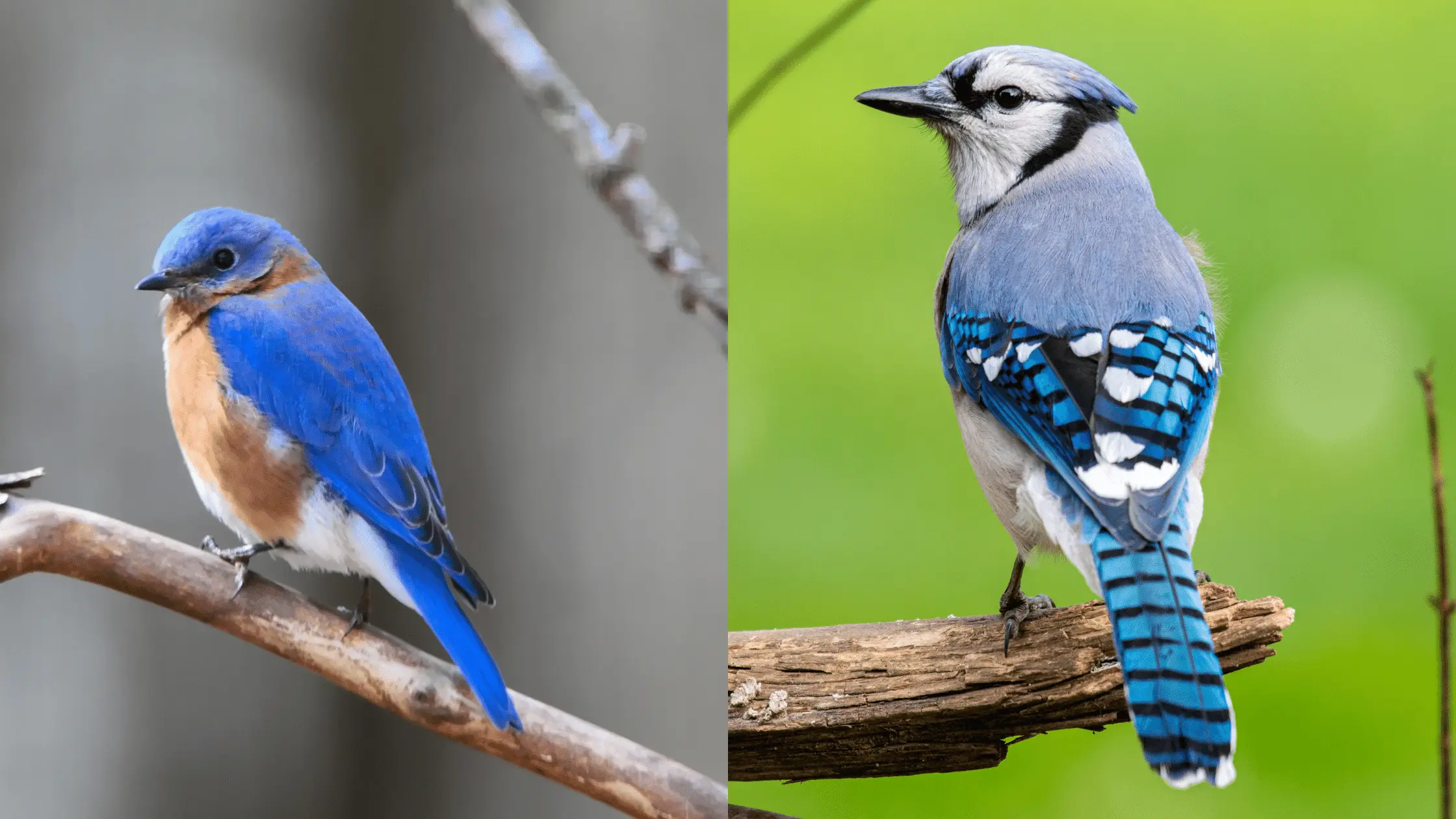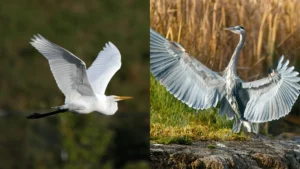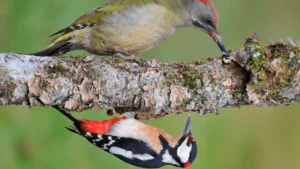Blue Jay and Blue Bird, are they the same? The confusion that occurs when these two birds come up is based on the fact that they are both blue. However, apart from their blue color, these birds have nothing in common. Just as buzzards and vultures are not similar, the Blue Jay and Bluebird don’t belong to the same bird family.
Blue jay belongs to the Corvidae family, while the Bluebird belongs to the Turdidae family. Bluebirds are small and a type of thrush. Are there any more differences between Blue jays and Bluebirds? Read on to find out.
What Family Do Blue Jays and Blue Birds Belong To?
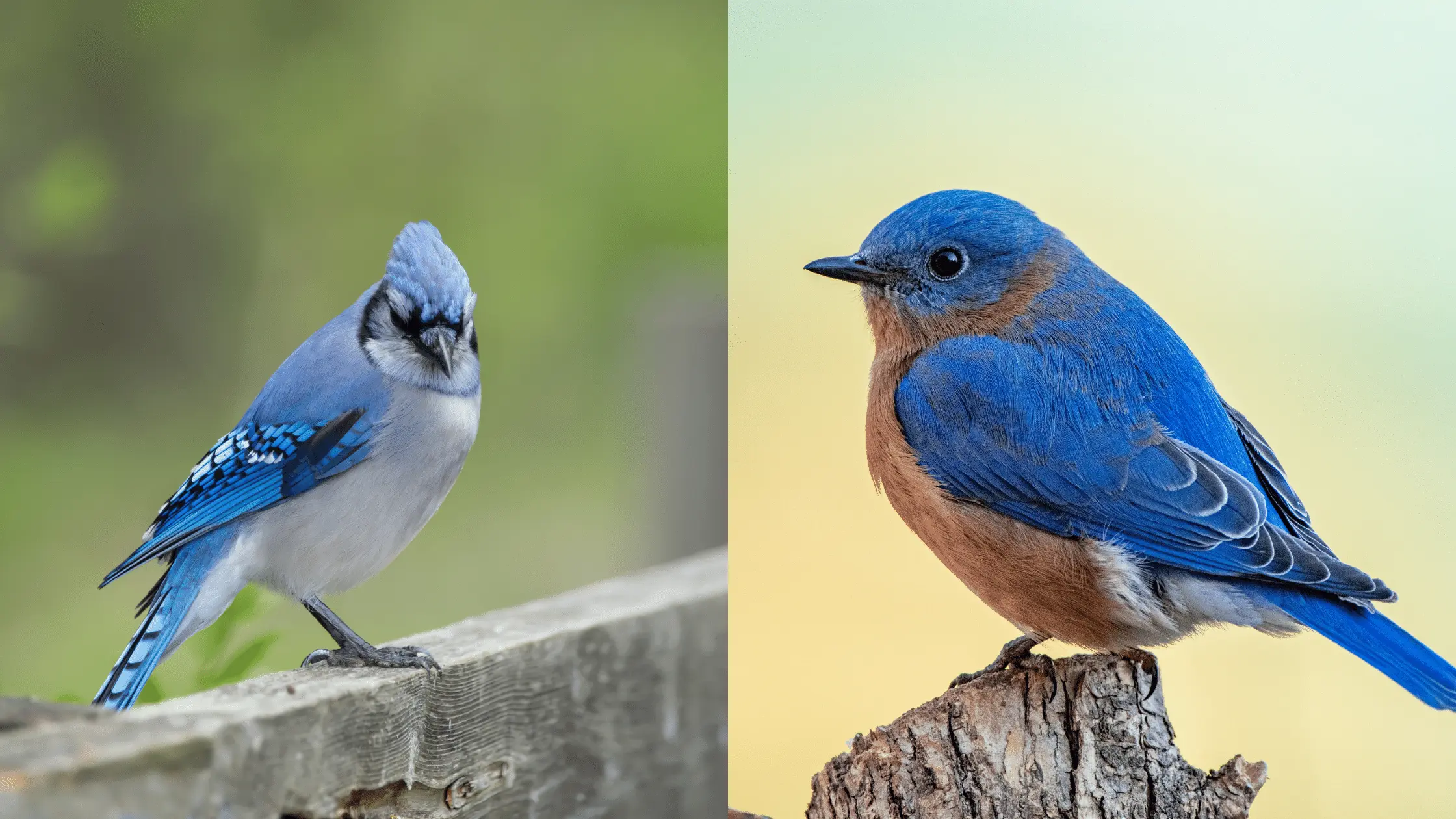
As we mentioned earlier, Blue jays belong to the Corvidae family. The Corvidae includes other birds, such as crows, ravens, and rooks. There are over 120 species in the Corvidae family, and they are referred to as Corvids.
Birds in the Corvidae family are known for their harsh voices, which the Blue Jay is known for. Birds in the Corvidae family are called songbirds, but there is nothing beautiful about the voices of birds in this family. Their voices are loud and harsh.
Just like male and female Quaker Parrots look alike, both sexes in the Corvidae family look identical. So, it’s difficult to differentiate between a male and a female blue jay. Corvidae birds also have vibrant plumage, one of their most recognizable features.
Birds in the family are very smart. They often show high levels of intelligence, and the bond is very strong when they pair. Some of them even stay as mates for life. The males in the Corvidae family are awesome husbands. They help build nests and feed the females as she incubates the eggs. Isn’t that sweet?
How about the bluebirds? Where do they belong to? They belong to the Turdidae family. In the Turdidae family, many birds are thrushes. There are also species of robins in the Turdidae family. There are over 175 species in this family, also called songbirds. Birds in this family can be found in most parts except for some islands and polar regions.
The American robin, nightingale, wood thrush, and songbirds all fall into the Turdidae family. One of the identifiable features of birds in this family is their slender bills and short legs. Their lower legs are not scaly but are smooth instead.
Birds in this family come in a variety of colors. Some birds in this family are blue, brown, gray, and black. You could also see some of them that often possess patches of orange, red, white, and even yellow—birds in the Turdidae family like to eat berries, fruits, seeds, leaves, and more.
What Are The Differences Between a Blue Jay and Blue Bird?
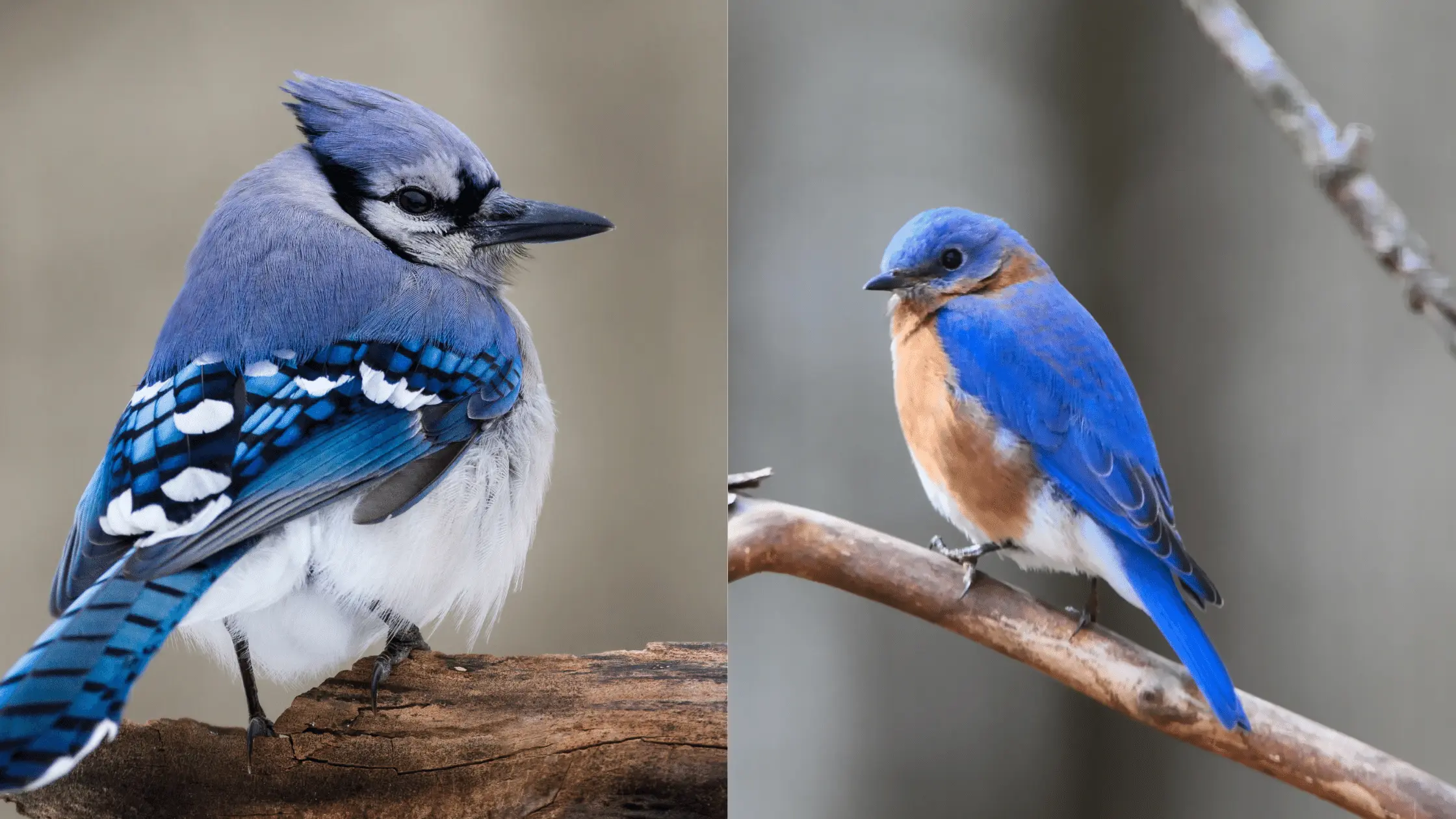
One of the most common forms of confusion concerning the subject matter of blue jays and bluebirds is their color. So, we will begin this section by stating the differences in color between the blue jay and bluebird.
- The Blue Color
If you are a bird watcher, one of the ways you can differentiate between a blue jay and a bluebird is to look at the positioning of their blue color. The blue color on both birds is distributed differently on their bodies. The male mountain bluebird is blue all over its body. The blue in the male mountain bluebird can be seen. The female bluebird is gray. The blue on her tail and wings isn’t as clear as on the male. Instead, the blue on the female mountain bluebird is gray-blue.
In the male Eastern bluebird, the blue can be seen on its wings, back, and head. The blue color of this bird is sapphire. The females spot a gray head, and she also has streaks of blue and wings and a tail. Her breast is orange in color.
Still, on the bluebird, let’s talk about how the blue color is distributed in the Western bluebird. The male Western bluebird head is bright blue. The throat is also bright blue. The breast and sides of this bird are orange in color, and they also spot a gray tummy.
On the other hand, the blue color on the female isn’t as vivid as that on the males. The blue color on the female’s wings, tail, and body is blue but not very striking. She spots a dull orange on her breast and a gray throat and belly.
Now that we know how the blue color is distributed in the bluebird let’s talk about how it is distributed in the bluejay. The face of the blue jay is white. The blue is located on the wings, back, tail and crest. The blue jay has a black collar around its neck that extends up to the sides of the blue jay’s neck.
The wings of the blue jay have nicely patterned black, white, and blue. The belly of the blue jay is off-white. Remember that we mentioned that the male and female of the blue jay are identical except for the male being a little bigger than the male. So, they both share the same color patterns.
Oh, and let us not forget the crest on the head of the blue jay. The crest rises when they are annoyed.
- Size
In terms of size, the bluejay is larger than the bluebird. The largest blue jay is the Northern blue jay. They can be as long as 12 inches long. A large blue bird is about 8 inches long. The bluejay is very aggressive, and when its size is added to its temperament, it outclasses the bluebird when they live in the same habitat.
- Behavior
Blue jays are gangsters. They can be very aggressive to birds and humans that come too close to their habitat. They are also known to attack birds of prey. Blue jays also go on occasional raids of the nest of other birds. They even raid the nests of bluebirds taking their chicks and eggs. When we tell you that blue jays are gangsters, you better believe it.
If you hang a hummingbird feeder, don’t be surprised when blue jays run the hummers off their feeders. Blue jays also chase other birds till they drop their food. When bluejays are in large populations, they may even hunt and kill other birds. Guess what? They may eat the birds they kill.
In terms of behavior, bluebirds aren’t left out. They can also raid and attack when they are in large numbers. However, bluebirds are regularly eaten by birds of prey, such as buzzards.
Blue jays are very social. They also show a high level of intelligence. They gather in groups depending on how big their environment is. This is typical behavior of crows which also belong to the Corvidae family. Blue jays are also scavengers. They will use any opportunity to scavenge and attempt to chase off any intruder on their territory.
On the other hand, bluebirds can be bold if they are in large numbers. However, due to their small size, they are often run off and are hunted by other birds. They are often bullied even by birds that are smaller than them. For example, the house sparrow is smaller than the bluebird but, in large numbers, will often chase bluebirds off their feeders.
- Vocalization
We consider bluebirds to be true songbirds. They are known for their sweet voice when they sing and call. On the other hand, blue jays have harsh and loud voices. Their voice sounds like an alarm call and has various vocalizations. Blue jays can imitate the speech of humans and other hawks. This characteristic is common amongst Corvids. They also make sounds that can be difficult for humans to hear.
- Reproduction
Bluebirds are monogamous but not as monogamous as bluejays. Blue jays form pairs for life. Bluebirds form pairs for one breeding season but may mate with other birds. Basically, bluebirds may have a “main chick” and a “side chick.”
Bluebirds act like a community when it comes to their reproductive habits. The older brood helps to raise the new hatchlings.
The male and female blue jay gather the materials to build the nest. The eggs are incubated for about three weeks and become fully fledged in 21 days. After the young develop their wings and muscles, they don’t fly off immediately if it’s winter. They wait out the winter and fly off. They do this so that they won’t need to compete for food because of the winter.
- Diet
In addition to eating small fruits, bluebirds often chase insects, spiders, and other animals from the air. The birds perch, keep an eye on their target and swoop down when they lock the prey in their targets.
Blue jays are omnivores. About 75% of their diet is plant and vegetable. Because of their strong bill, these birds can crack nuts and crush seeds. Besides plants and vegetables, blue jays eat flying insects such as dragonflies.
- Population and Migration
Bluebirds like to live in high areas. When the temperature is cold, and there’s food scarcity, bluebirds may head south to look for food. The mountain bluebird will migrate to lower areas during sessions where food is scarce. Bluebirds are considered to be fairly common. Unfortunately, the number of bluebirds has gone down over the centuries. Thankfully, birdhouse boxes have gained popularity which has helped the population of bluebirds.
The migration of blue jays isn’t very known. Much of their migratory patterns remain a mystery. Blue jays are known to migrate during the day in flocks of 5 to 250. The younger birds are more likely to migrate in search of food than the adult blue jays.
Remember that these birds belong to the Corvidae family, which is very individualistic and intelligent. So, as a bird watcher, you may encounter some blue jays that migrate South, stay North the next year, and migrate South the following year.
Just like bluebirds, bluejays’ population is on the decline. They are said to have declined about 27% between 1966 to 2019.

